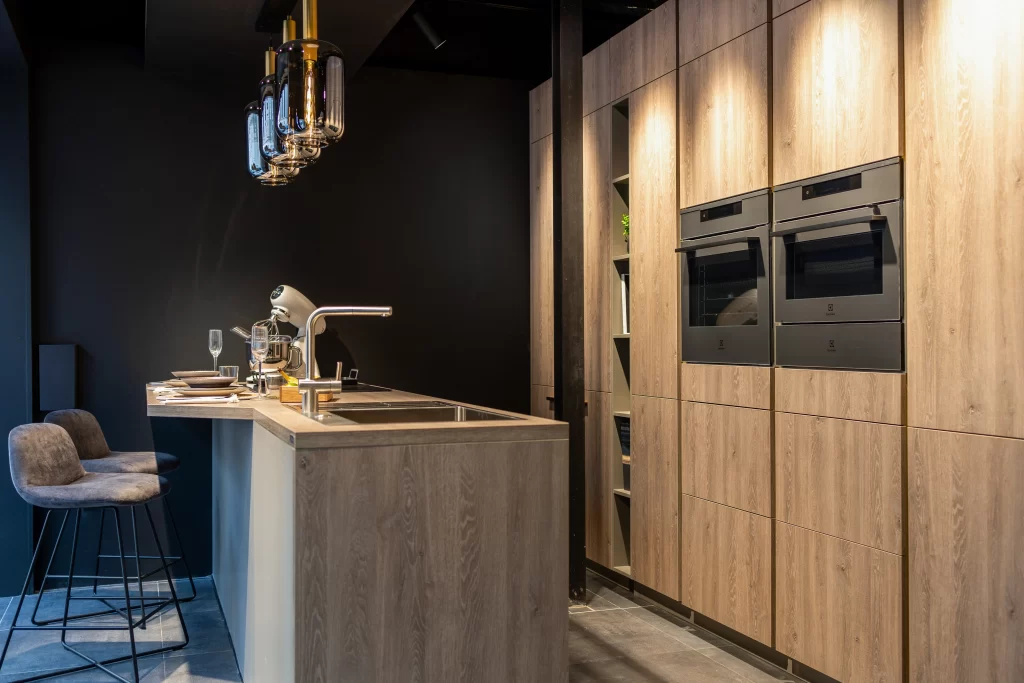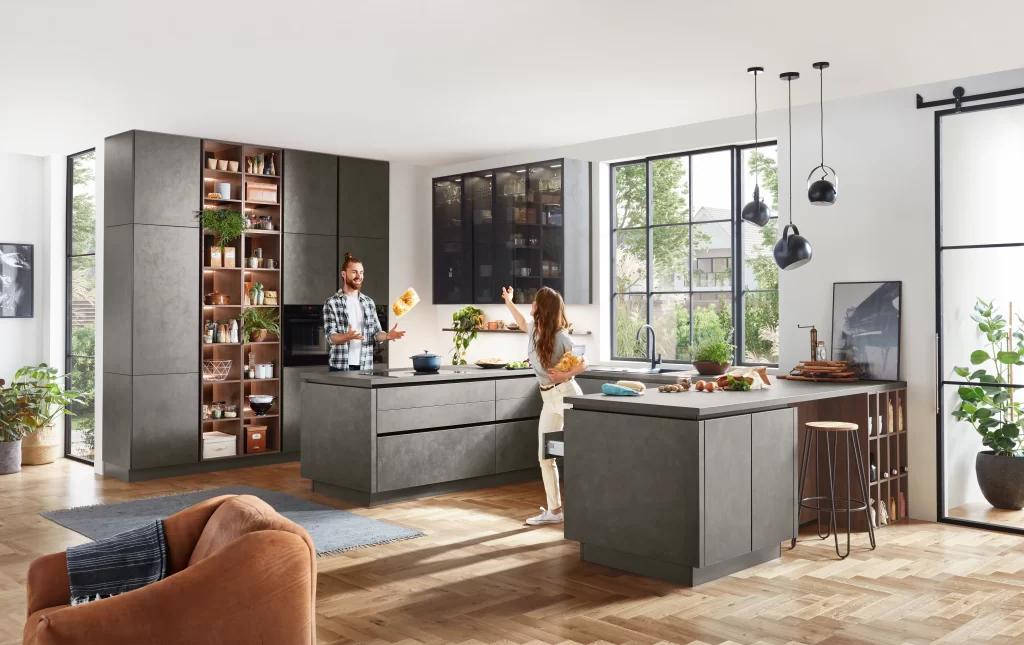Here’s a quick game for you to play at home: grab the nearest thesaurus (or if you’re not that old-school, go to thesaurus.com), and look up the word ‘modern’ – what’s the first synonym that comes up? That’s right, it’s ‘contemporary’. This is where the age old misconception that modern and contemporary design are the same essentially stems from.
Even though the meaning of these words are synonymous – are modern design and contemporary design similar enough to be considered synonymous too? Believe or not, there are actually key distinctions between these two design movements, and also some similarities – essentially, they are what we would call ‘same same, but different’, and we’re here to show you the specifics.
Modern Interior Design, Unpacked
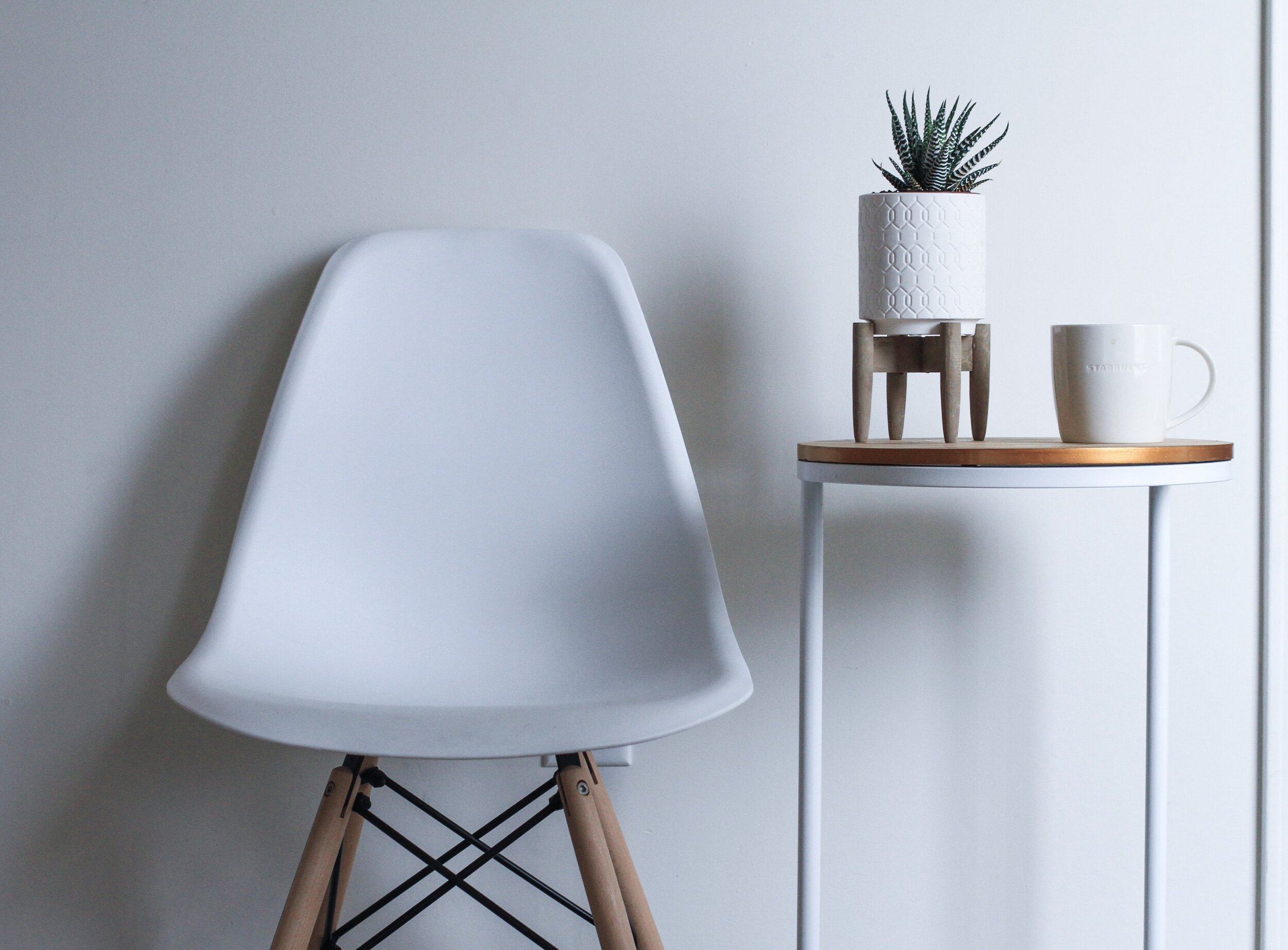
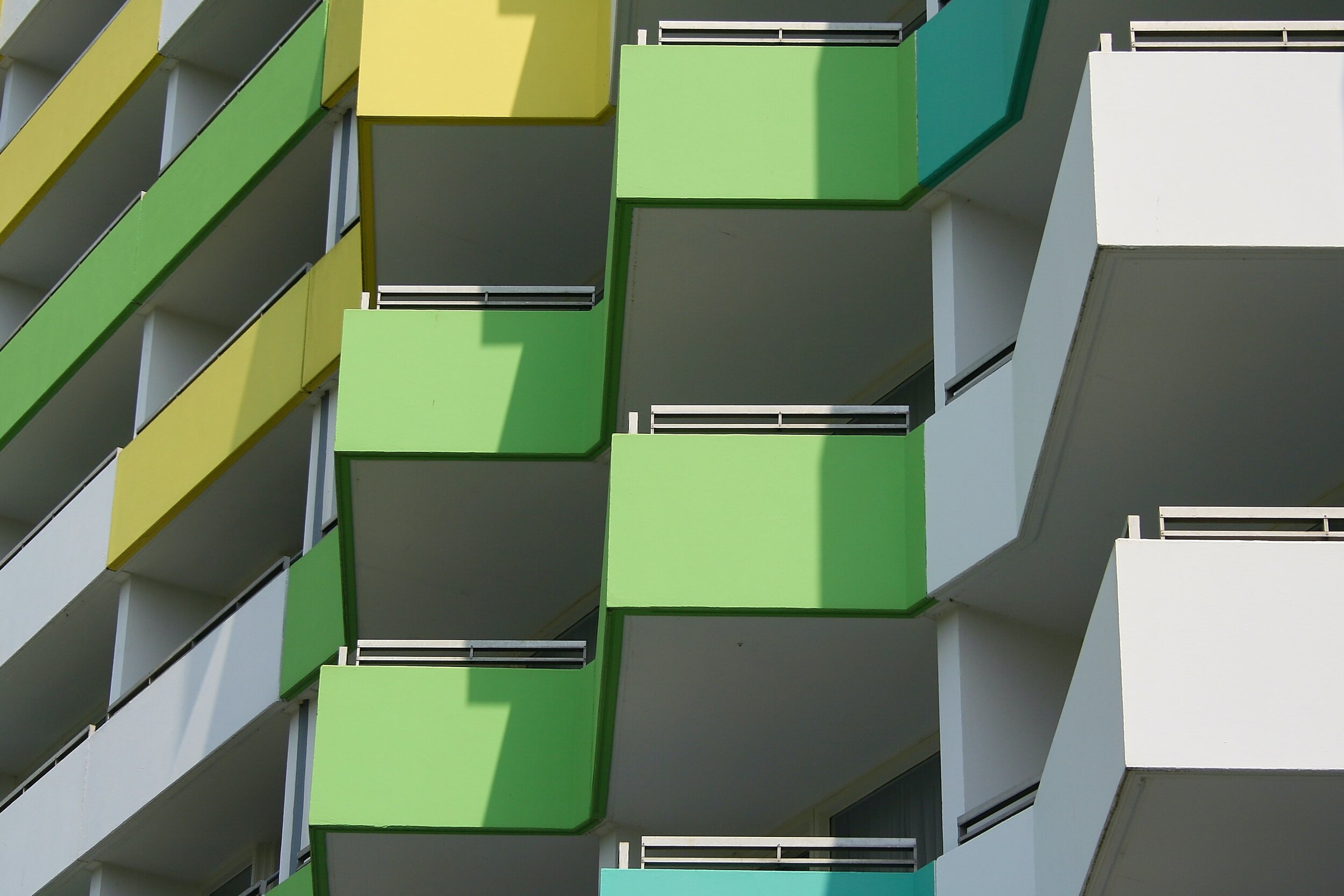
When we consider art history, artworks are classified according to the distinct period of time that it was created or made in, and subsequently, which movement it fits into. Think Modernism versus Expressionism (and the likes).
This same notion applies for modern design, which refers to the design movement of the early to mid-twentieth century that tastefully combines design elements from the past, particularly the period from the 1920s to the ‘70s. Similarly, the inception of modern interior design actually occurred at the peak of the modern art movement, drawing influence from Scandinavian, German Bauhaus, and even Art Deco styles.
This specific style focuses on form and function above all – two notions that are treated equally within modern design – and leaves no room for excess and embellishment. Neutral color schemes and sleek, crisp lines are utilized to bring a simplistic feeling to the space. The use of natural materials, like wood, are a common feature within a modern room. The inclusion of color (in primary hues) is usually found in a simple accent and never covering an entire wall or area. The goal is to create an artistic focal point and break up the neutral color palette of the rest of the room.
Contemporary Design, Explained
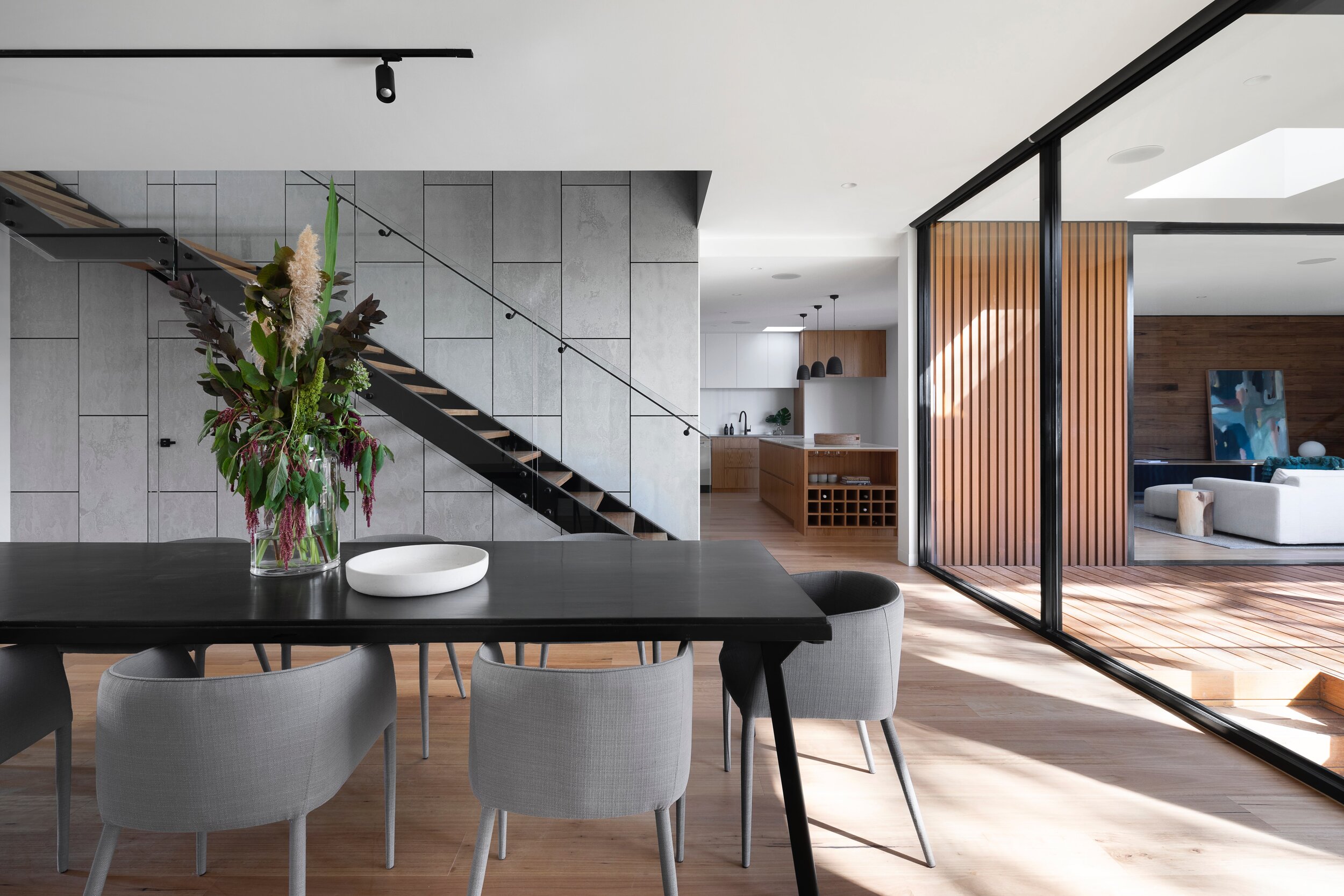

When we consider art history, artworks are classified according to the distinct period of time that it was created or made in, and subsequently, which movement it fits into. Think Modernism versus Expressionism (and the likes).
This same notion applies for modern design, which refers to the design movement of the early to mid-twentieth century that tastefully combines design elements from the past, particularly the period from the 1920s to the ‘70s. Similarly, the inception of modern interior design actually occurred at the peak of the modern art movement, drawing influence from Scandinavian, German Bauhaus, and even Art Deco styles.
This specific style focuses on form and function above all – two notions that are treated equally within modern design – and leaves no room for excess and embellishment. Neutral color schemes and sleek, crisp lines are utilized to bring a simplistic feeling to the space. The use of natural materials, like wood, are a common feature within a modern room. The inclusion of color (in primary hues) is usually found in a simple accent and never covering an entire wall or area. The goal is to create an artistic focal point and break up the neutral color palette of the rest of the room.
Modern vs. Contemporary – And When To Choose Which?
Now that we’ve pointed out the differences between modern and contemporary design, let’s discuss the similarities. They both incorporate neutral colors to encourage an air of simplicity, however, modern spaces lean towards a warmer color palette while contemporary rooms will feature starker contrasts and more striking hues.
Both styles also tend to reflect crisp, clean shapes and lines so as to not overwhelm the senses. Modern design achieves this by using straight lines, while you are likely to find curvier furnishings in a more contemporary design.
Finally, both styles ultimately want to achieve a sense of openness with a no-fuss approach to furniture, lighting, decorative pieces, and a strict adherence to keeping out the clutter.
Start Your Redesign Journey Today
Now that we’ve pointed out the differences between modern and contemporary design, let’s discuss the similarities. They both incorporate neutral colors to encourage an air of simplicity, however, modern spaces lean towards a warmer color palette while contemporary rooms will feature starker contrasts and more striking hues.
Both styles also tend to reflect crisp, clean shapes and lines so as to not overwhelm the senses. Modern design achieves this by using straight lines, while you are likely to find curvier furnishings in a more contemporary design.
Finally, both styles ultimately want to achieve a sense of openness with a no-fuss approach to furniture, lighting, decorative pieces, and a strict adherence to keeping out the clutter.


